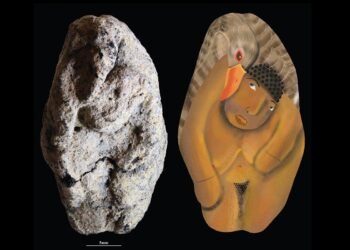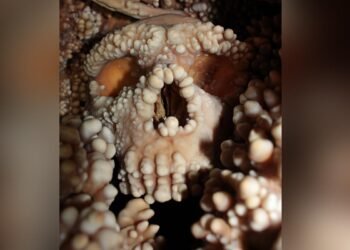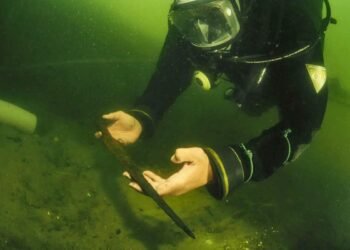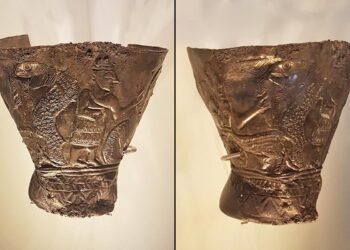A recent study conducted by The Australian National University (ANU) has challenged preconceived notions regarding infant mortality rates in ancient societies.

Contrary to previous beliefs that high numbers of deceased infants in burial samples indicated poor healthcare and elevated mortality, the research suggests that infant mortality was not necessarily rampant in these early human populations.
Lead author Dr. Clare McFadden, affiliated with the ANU School of Archaeology and Anthropology, has overturned conventional wisdom, asserting that the prevalence of deceased infants reflects the birth rate in ancient societies rather than the mortality rate. This reevaluation of historical data provides a fresh perspective on the capabilities of early human mothers in caring for their children.
Dr. McFadden explained the findings, stating, “It has long been assumed that if there are a lot of deceased babies in a burial sample, then infant mortality must have been high. Many have assumed that infant mortality was very high in the past in the absence of modern healthcare. When we look at these burial samples, it actually tells us more about the number of babies that were born and tells us very little about the number of babies that were dying, which is counterintuitive to past perceptions.”
The study’s methodology involved an analysis of United Nations (UN) data from the past decade, examining 97 countries to investigate infant mortality, fertility, and infant deaths. Surprisingly, the research exposed that fertility had a more substantial influence on the ratio of deceased infants than the actual infant mortality rate.
The lack of comprehensive knowledge about early human societies compelled the researchers to employ UN data to gain insights into humans from the past ten millennia. Dr. McFadden emphasized, “Archaeology has often looked at the proportion of deceased infants to learn something about infant mortality. There was an assumption that nearly half, 40 percent, of all babies born in prehistoric populations died within the first year of their lives.” However, this assumption was debunked by the study’s findings, which revealed no supporting evidence.
Dr. McFadden concluded, “Burial samples show no proof that a lot of babies were dying, but they do tell us a lot of babies were being born. If mothers during that time were having a lot of babies, then it seems reasonable to suggest they were capable of caring for their young children.”
This fresh perspective challenges conventional views and presents a more empathetic understanding of our ancient ancestors. Dr. McFadden stressed the importance of recognizing the emotional experiences and responses of early humans, including their innate desire to provide care and the feelings of grief that date back tens of thousands of years.
Furthermore, the study underscores the need to focus on the stories of women in ancient populations, as these have often been marginalized in favor of male narratives.
Dr. McFadden stated, “We hear a lot of stories about conflict involving males, and even narratives around colonization and the expansion of populations tend to focus on men. I think it’s really important to be telling these stories of women in the past and what the female experience was like, including the roles they played in the community and as a mother.”
The research is published in the American Journal of Biological Anthropology:























